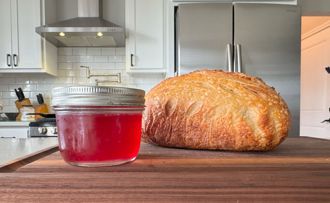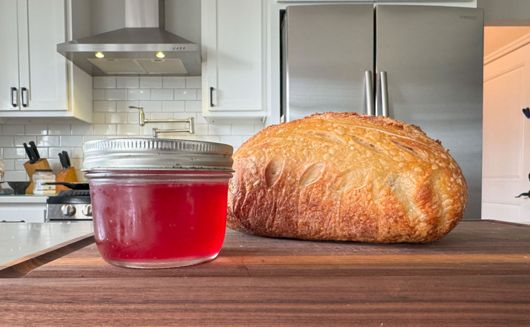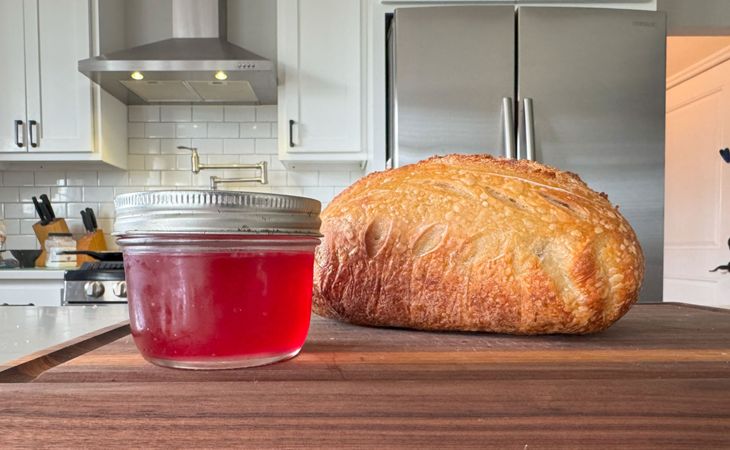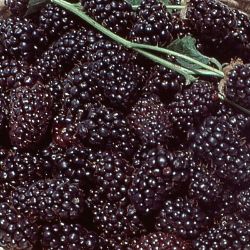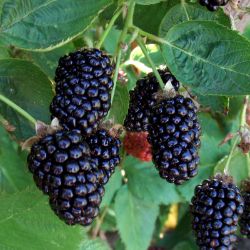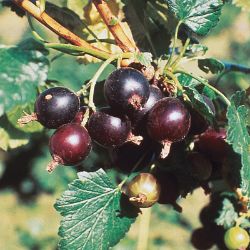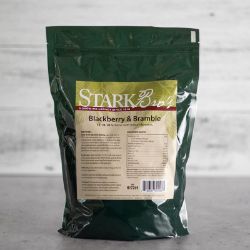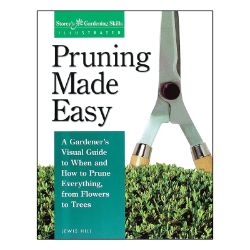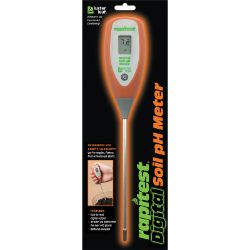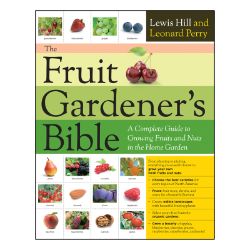Planting Hybrid Berry Plants
Few things are as delicious as homegrown berries, and the success of your harvest begins right with the planting site and method. For maximum growth and yields later on, give your plants the best foundation possible.
NOTE: This is part 4 in a series of 11 articles. For a complete background on how to grow hybrid berry plants, we recommend starting from the beginning.
Before Planting
Before you plant, check your soil pH. Contact your local County Extension Office for information about soil testing in your area, or purchase one of our digital meters for quick and accurate results. Tayberries grow best with a soil pH between 6.0-6.8. Tayberries grow reasonably well in almost all soils and even in deep shade. They will produce best in a medium, well-drained soil that contains plenty of organic matter.
Planting Tips
- Space your plants 3-4 feet apart.
- Dig a hole around 5 inches deep and spread the roots out, keeping the crown of the roots level with the soil surface.
- Cover them with soil, tamping down firmly with your hand.
- Trim the cane to a length of 10 inches.
- Water your plant thoroughly and fertilize with a potash-rich fertilizer. (If planting in the fall, wait to fertilize until spring for best results.)
- Keep the soil moist until the plant becomes established.
Additional Notes
- Tayberry is a cross between loganberry and blackberry.
- Supporting tayberries on a sturdy trellis is not essential with the stronger growing varieties, although all tayberries appreciate a moderate amount of support. The idea behind supporting them is to permit a free circulation of air within the plant, which helps prevent disease.
- Tayberries will live about 15 years with proper maintenance.
Few things are as delicious as homegrown berries, and the success of your harvest begins right with the planting site and method. For maximum growth and yields later on, give your plants the best foundation possible.
Before Planting
Before you plant, check your soil pH. Contact your local County Extension Office for information about soil testing in your area, or purchase one of our digital meters for quick and accurate results. Ideally, boysenberries need a soil pH between 6.0-6.5. Steer clear of soils that are extremely heavy or very poorly drained.
Planting Tips
- Pick a location with full sun, good drainage and fertile soil.
- Set the plants 6 feet apart in rows 6-8 feet apart at the same depth that they were planted at the nursery.
- Fill the hole with soil.
- Then, prune the tops back to about 4 inches from ground level.
- Fertilize and water your new plant. (If planting in the fall, wait to fertilize until spring for best results.)
- To keep the roots moist, water every other day for the first week, then one to two times per week afterward.
- Because they can spread, boysenberry brambles can be grown on trellises. Growing boysenberries this way uses less space and makes it easier to pick the fruit.
Additional Notes
- Boysenberries are known as bramble fruit and are a cross between a raspberry and blackberry
- The lifespan of boysenberry plants is 8-10 years with proper maintenance.
- Suggested number of plants for a family of 5: 8-10 (2 plants per person).

